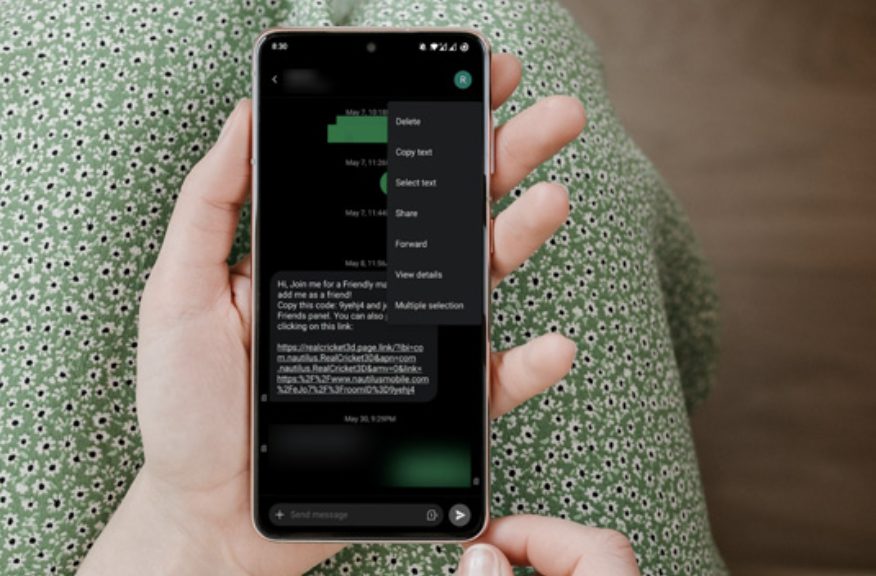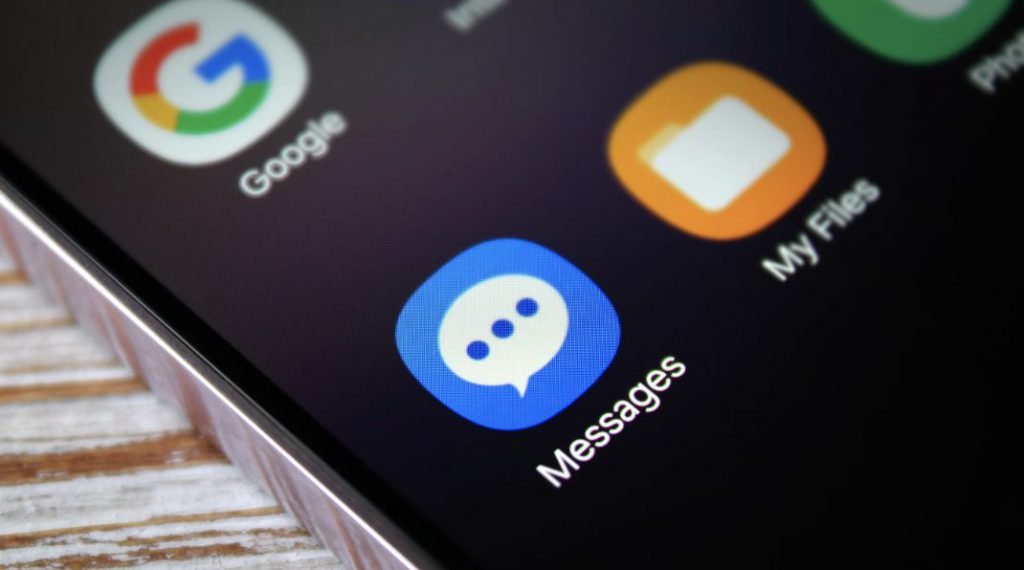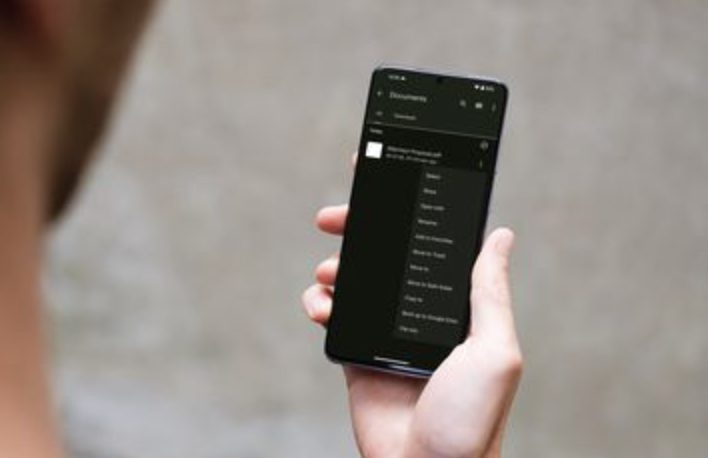Your guide: Where are Text Messages Stored on Android?
Let’s face it, text messages are an important part of our daily lives. They are the main way we get important messages, financial information, and personal messages from loved ones. As our dependence on this text grows, it becomes more and more important to manage and keep our text message archives safe.
So, if you’ve ever wondered, “Where are Text Messages Stored on Android?” you’re in luck. Today, we’re going to cover all this and more. Keep reading to find out more.
Also read: US Responds to NATO Country Turkey’s BRICS Application


Understanding Android’s Text Message Storage
Firstly, let’s talk about Android’s text message storage system. Texts are in a database folder in the memory of an Android phone. These phones are known for being flexible and easy to adjust. It’s safe in this area, which is called the “mmssms.db” database, whether you send, receives, or even delete an SMS or MMS message. But the way you find this area might change depending on what version of Android you have on your phone.
Android 7.0 and Above
You can find the text message database at:
/data/user_de/0/com.android.providers.telephony/databases/mmssms.db for people who are using Android 7.0 or later.
Android 4.0 to Android 6.x
You can find the text message database at:
/data/data/com.android.providers.telephony/database/mmssms.db on devices running Android versions 4.0 through 6.x.
Android 4.3 and Below
You can find the text message database at:
/data/data/com.android.providers.telephony/database/mmssms.db on older Android devices running versions 4.3 and lower.
Importantly, you should know that the text message database is in SQLite format. This means that it can’t be read directly without a special viewer or recovery tool. The goal of this type of encryption is to keep your text message data private and safe.
Also read: BRICS: China Exporters Stockpile $500 Billion, Chinese Yuan Could Rise
Android phones store more than just text messages. They also store multimedia items like photos, videos, and music that are sent through MMS (Multimedia Messaging Service) or RCS (Rich Communication Service) messages. Most of the time, these video files are in a different place on the device’s internal storage.
Here are the steps you need to take to view and save these multimedia attachments:
Find the MMS/RCS message with the audio file you want to save in the Messages app on your Android device. Press and hold on to the media file for a while, then choose “Save Attachment” or “Download Attachment.”
Just follow this easy step to make sure that any important media you send through text messages stays safe on your Android device and is easy to find.
Keeping your text messages
Syncing text messages seamlessly across multiple Android devices is incredibly useful in today’s world. There are a few different ways to get to your message history on different devices, whether you’re getting a new phone or just want to view it on different phones.


Backing up and restoring with Google
If you have more than one Android device, you can sync your text messages with Google’s built-in backup and restore tool. Here’s how to make this feature work:
Ensure “Back up to Google Drive” is on by navigating to Settings > Google > Backup on your Android device.
Sign in to your Google account when you set up a new Android device and restore the backup. This will bring over your text message records.
Using messaging apps from outside sources
Furthermore, there are a lot of popular messaging apps that let you view your message history from different devices. Some examples are WhatsApp, Telegram, and Signal. There is a way to make sure that your text conversations are always available, no matter what Android device you’re using.
In addition, for a more full syncing of your text messages, use particular tools like AnyDroid or PhoneTrans. These programs can assist you in keeping and syncing your contacts across all Android devices. This makes maintaining your communication history current on every one of your devices easy.


Conclusion
As mobile communication constantly evolves, it’s vital to know where your Android text messages are. Learn the file paths and storage locations for SMS, MMS, and RCS messages to manage, backup, and restore your text message history.
Now, you can better understand your Android’s text-saving mechanisms and how to properly manage them. So, the next time you might need to summon up a previous text message, just know that there’s always a paper trail available. Happy texting!










